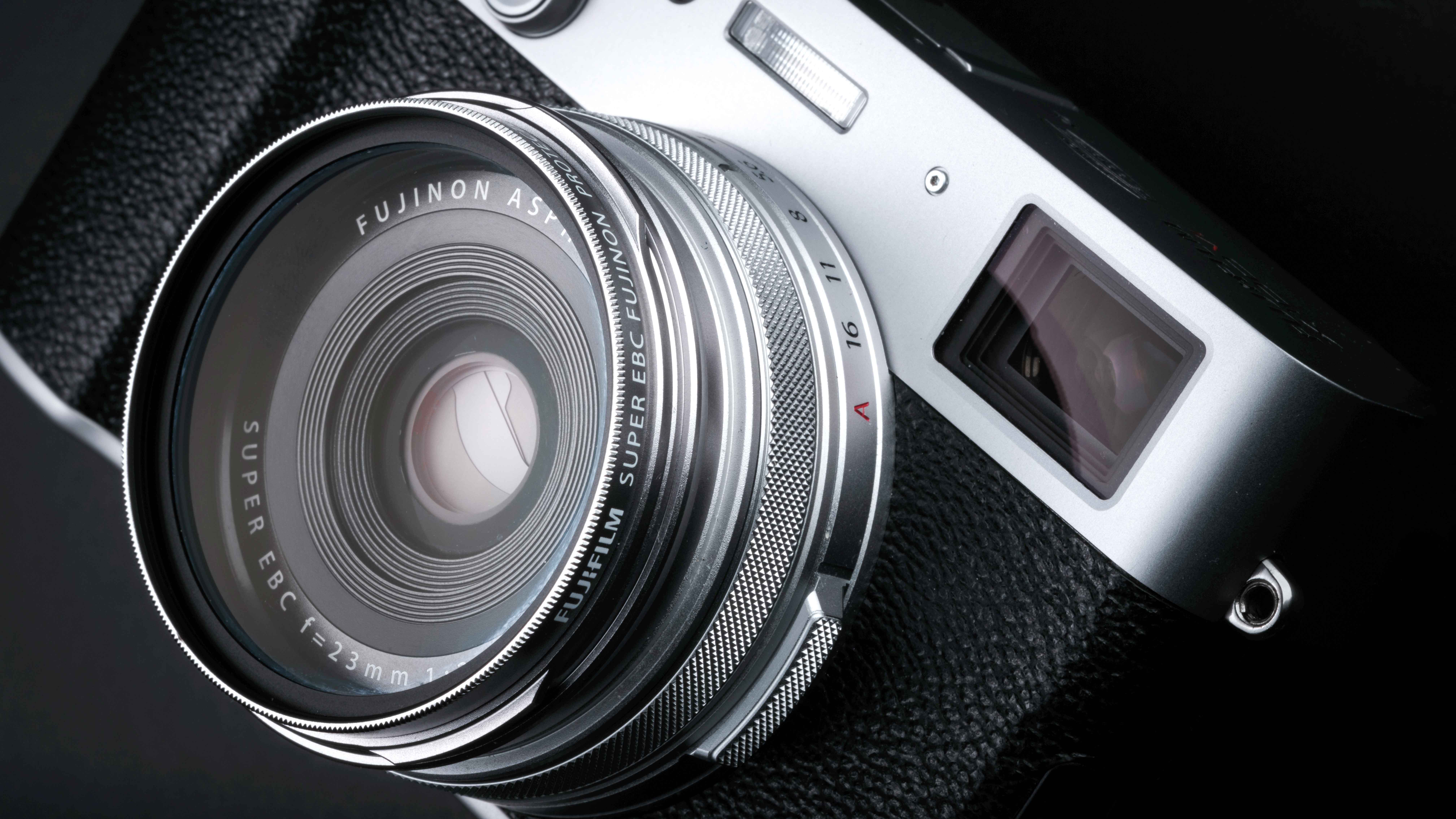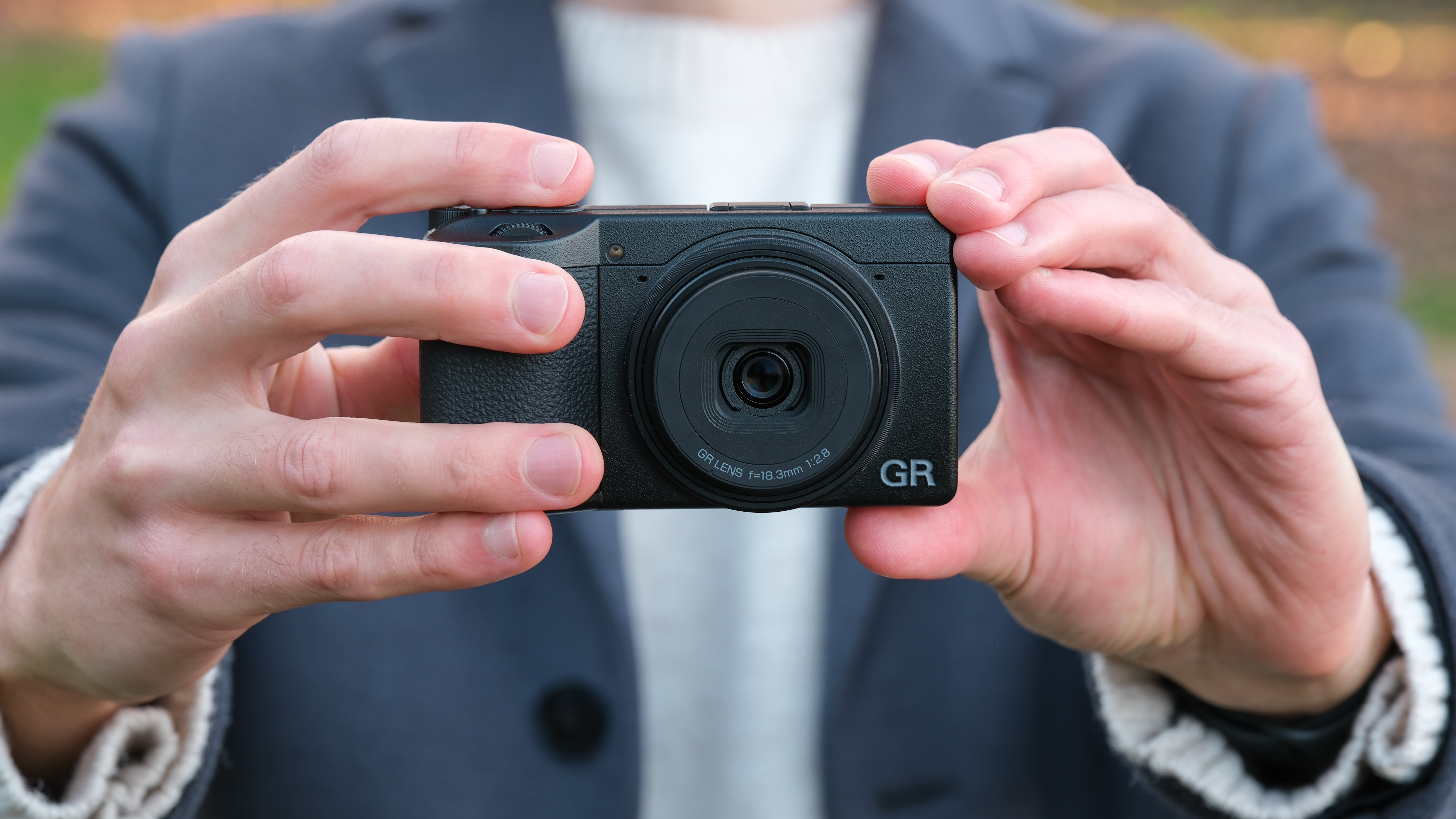I’m a photography educator, compact cameras with lots of megapixels are RUINING your photos. Here’s my easy fix…
The high-resolution compact camera market attracts casual photographers and beginners, but it’s actually harder to capture sharp images with big megapixel sensors like the Fujifilm X100VI. Here’s how to stop taking blurry shots

There’s arguably never been a better time to buy a compact camera as manufacturers strut around, flaunting their tail feathers, in a bid to catch the consumer’s eye. The result is the best compact cameras ever made, but also an upturn in high-resolution sensors. The Fujifilm X100VI made the jump from the V’s 26 megapixels to 40 megapixels and the Fujifilm X-E5 (an interchangeable-lens camera that’s all but a compact) made the same jump from the X-E4. And now, the Sony RX1R III has rocketed from the last iteration’s 42 megapixels to a whopping 61 megapixels.
I get it, more megapixels sell units; customers demand them. If a new iteration of a camera comes out and the sensor’s resolution hasn’t increased, you can bet your bottom dollar there are tens, hundreds of comments bemoaning the fact. As somebody who shot on a Nikon D800, Nikon D850, and currently a Nikon Z8, I’d be a hypocrite if I said I didn’t love working on high-resolution cameras. The problem is, they can prove slightly problematic for beginner or casual photographers.
Ignoring the usual caution regarding file size, the main reason I implore photographers to think carefully about resolution is because of a phenomenon called camera shake. Think about framing a static video clip, handheld. Even if you’re very adept at holding the camera still, look towards the edges of the frame and you’ll notice minute movements, be it the slight shake of your hands, the gentle swaying of your arms or an intake of breath.
The same goes for when you’re lining up a photograph. If your shutter speed isn’t fast enough, these micro movements (or camera shake) will subtly blur your image. What’s more, higher magnifications exaggerate camerashake, so if you’re using the Fujifilm X100VI’s 1.4x teleconverter, you’ll have to shoot at an even faster shutter speed.

You’re probably asking yourself, what shutter speed should I use then? Well, there’s a handy workaround called the reciprocal rule, which simply means you match your 35mm-equivalent focal length (see crop factor) to your shutter speed’s closest denominator. So, if you’re shooting at 50mm, you’ll need to shoot at 1/50 sec or above to avoid noticeable camera shake.
Granted, the reciprocal rule isn’t an exact science. It doesn’t take into account image stabilization or external factors such as the weight of the camera, but it’s a handy guideline, especially when you’re building a relationship with a new camera. The problem is that the reciprocal rule really only works with smaller resolution cameras, roughly around 24MP. Head north of 40MP and you’ll want to double, maybe even triple or quadruple the denominator to keep things nice and sharp.
So, if you’re shooting at 50mm and you’re using a 40MP camera, you’ll want to be shooting around 1/160 to 1/200 sec or above to mitigate camera shake. The good news is that you’ll have no problem hitting these shutter speeds when you’re out and about during the day, but things will get increasingly difficult in the late afternoon and evening when you start to lose light. However, only by mastering the exposure triangle will you be able to keep on capturing sharp photos, but that’s a discussion for another day. For now, make sure you keep that shutter speed where it needs to be in order to capture lovely, sharp shots, with your X100VI’s big, beautiful sensor.
The best camera deals, reviews, product advice, and unmissable photography news, direct to your inbox!
You might also like...
Not sure what compact to go for? Here are my top five compact cameras. Plus, there's a new Fuji in town! A new compact camera is out-selling the trendy Fujifilm X100VI. And speaking of megapixel monsters, the Nikon Z8 is two years old, but I reckon it could remain in my kit bag for a decade.

Mike studied photography at college, honing his Adobe Photoshop skills and learning to work in the studio and darkroom. After a few years writing for various publications, he headed to the ‘Big Smoke’ to work on Wex Photo Video’s award-winning content team, before transitioning back to print as Technique Editor (later Deputy Editor) on N-Photo: The Nikon Magazine.
With bylines in Digital Camera, PhotoPlus: The Canon Magazine, Practical Photography, Digital Photographer, iMore, and TechRadar, he’s a fountain of photography and consumer tech knowledge, making him a top tutor for techniques on cameras, lenses, tripods, filters, and more. His expertise extends to everything from portraits and landscapes to abstracts and architecture to wildlife and, yes, fast things going around race tracks...
You must confirm your public display name before commenting
Please logout and then login again, you will then be prompted to enter your display name.
